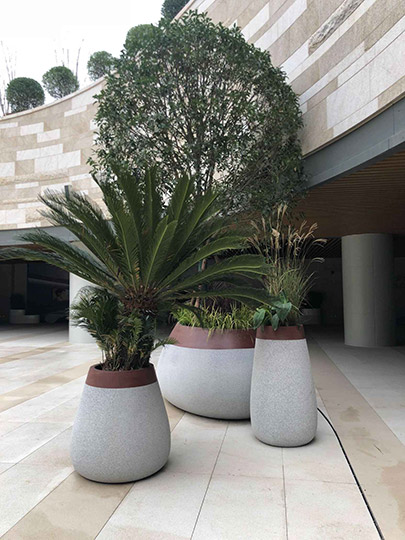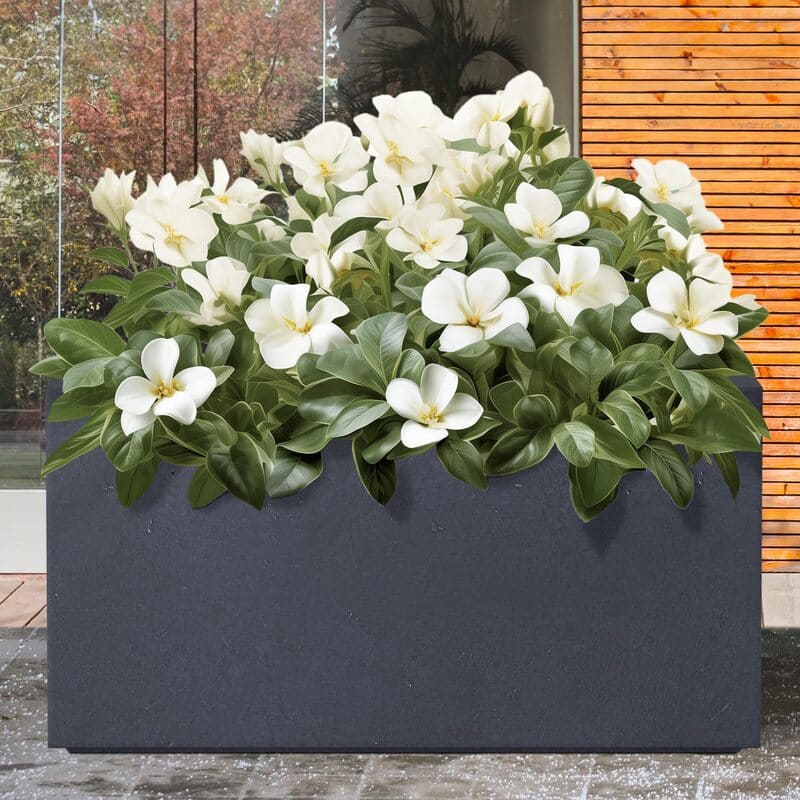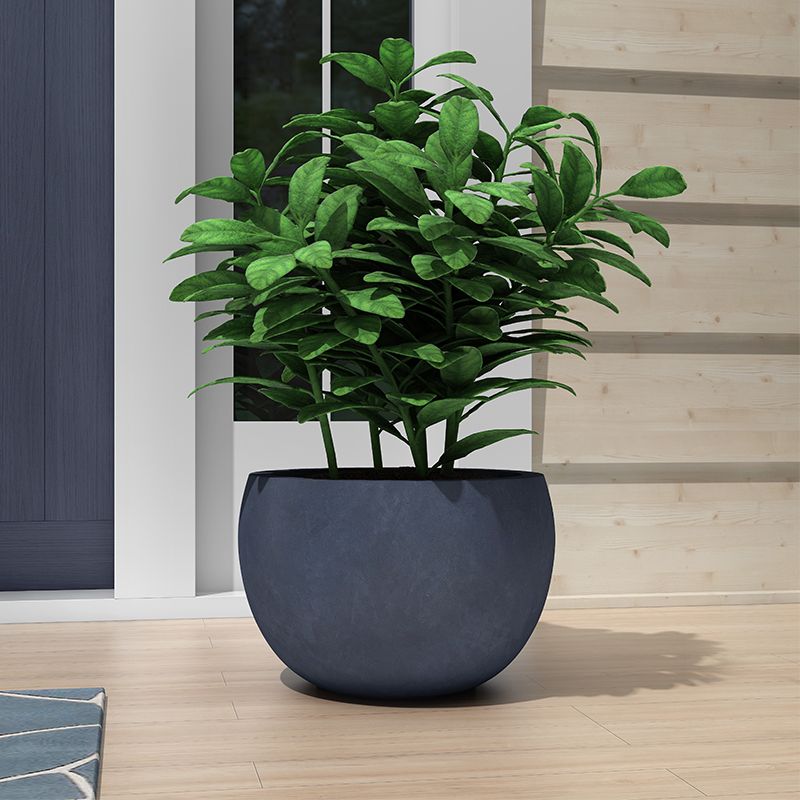Concrete flower planters are considered durable and environmentally friendly investments for several reasons.
Firstly, concrete is a very strong and resilient material that can withstand various weather conditions, including extreme temperatures, heavy rainfall, and intense sunlight. This inherent strength allows concrete planters to last for a long time without significant deterioration or the need for frequent maintenance. The longevity of these planters means they do not need to be replaced often, which in turn reduces waste generated from discarded materials.
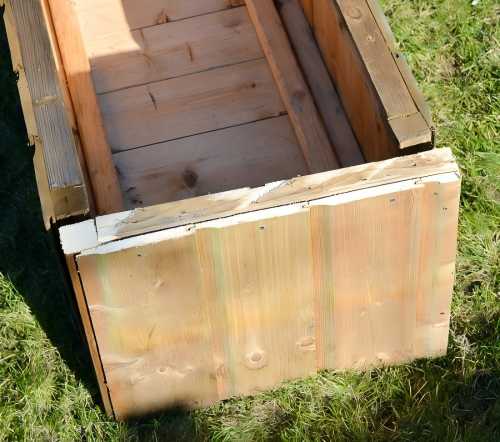
Old used wooden planter
Secondly, the production of concrete typically involves locally sourced raw materials such as sand, gravel, cement, and water. By utilizing resources that are readily available in the vicinity of manufacturing sites, the carbon footprint associated with transportation is significantly minimized. Furthermore, when produced using sustainable practices—such as incorporating recycled aggregates or optimizing energy use during production—concrete can exhibit a relatively low environmental impact compared to some other materials like plastic or treated wood.
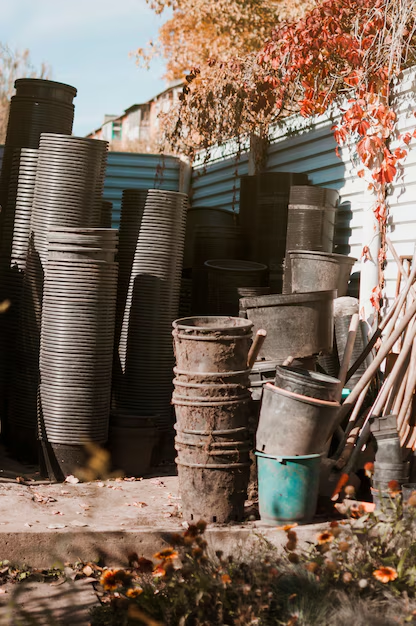
Old used plastic planter
In addition to their functional benefits, concrete planters also contribute positively to urban landscapes by providing aesthetic appeal. They come in various shapes and sizes that can complement different architectural styles and garden designs. Their neutral color palette allows them to blend seamlessly into natural surroundings while offering versatility in design options through finishes such as staining or painting.
Moreover, concrete's thermal mass properties enable it to regulate temperature fluctuations within planted areas more effectively than lighter materials might allow. This characteristic helps create a stable microclimate conducive to plant growth by retaining heat during cooler nights while remaining cool during hot days.
Concrete flower planter
Finally, integrating concrete planters into outdoor spaces enhances not only visual interest but also promotes biodiversity by supporting diverse plant species that attract pollinators such as bees and butterflies. As part of an overall landscape design strategy focused on sustainability and ecological health, these planters play an essential role in creating pleasant living environments that encourage interaction with nature while contributing positively toward community green spaces.

